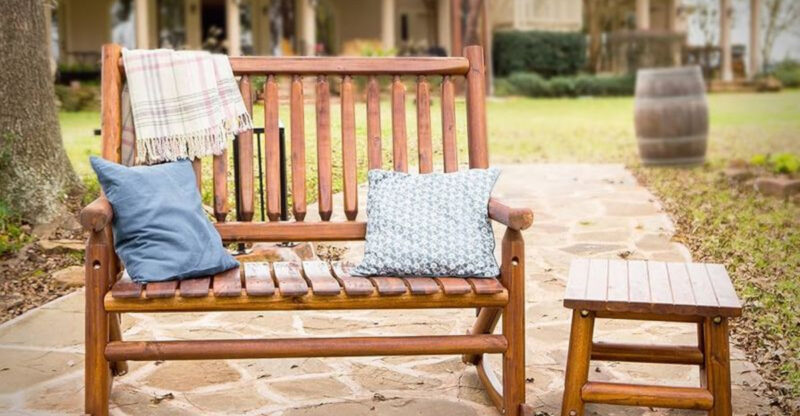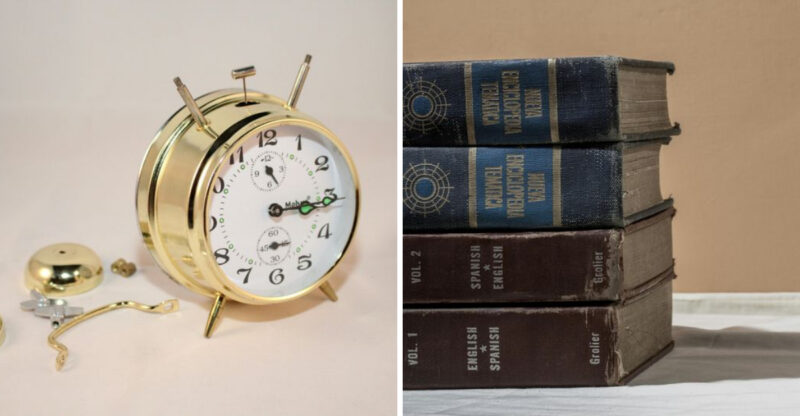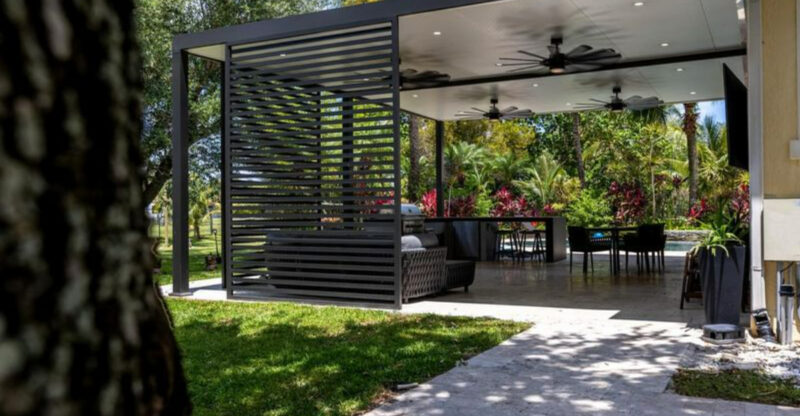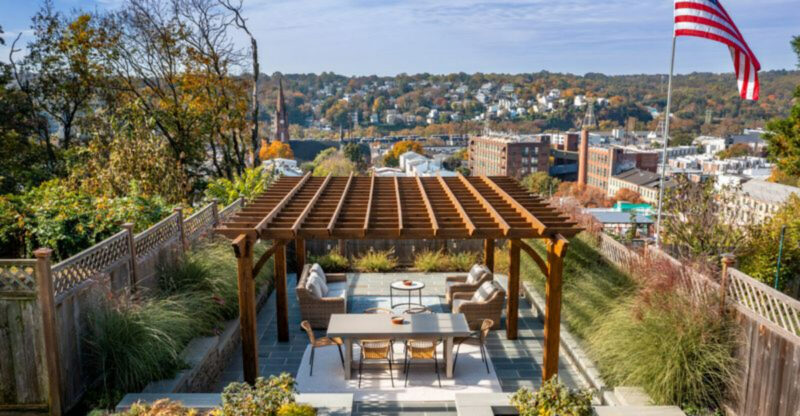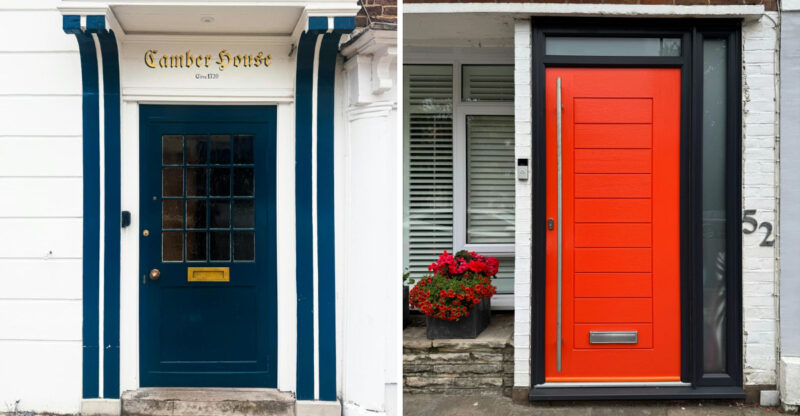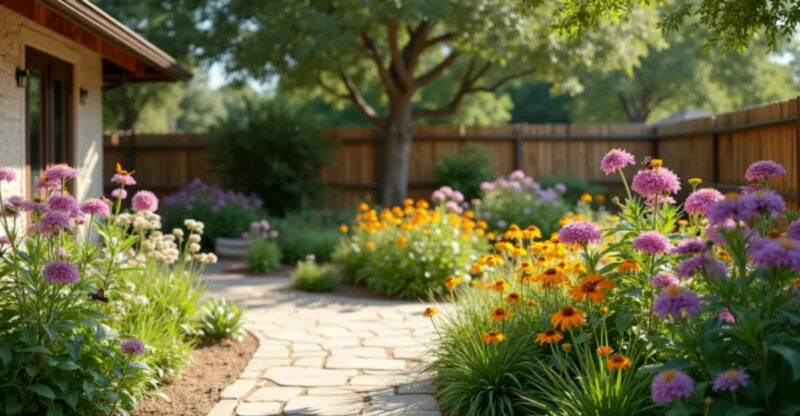20 Things You Should Not Waste Money On For An Outdoor Space, According To Exterior Designers
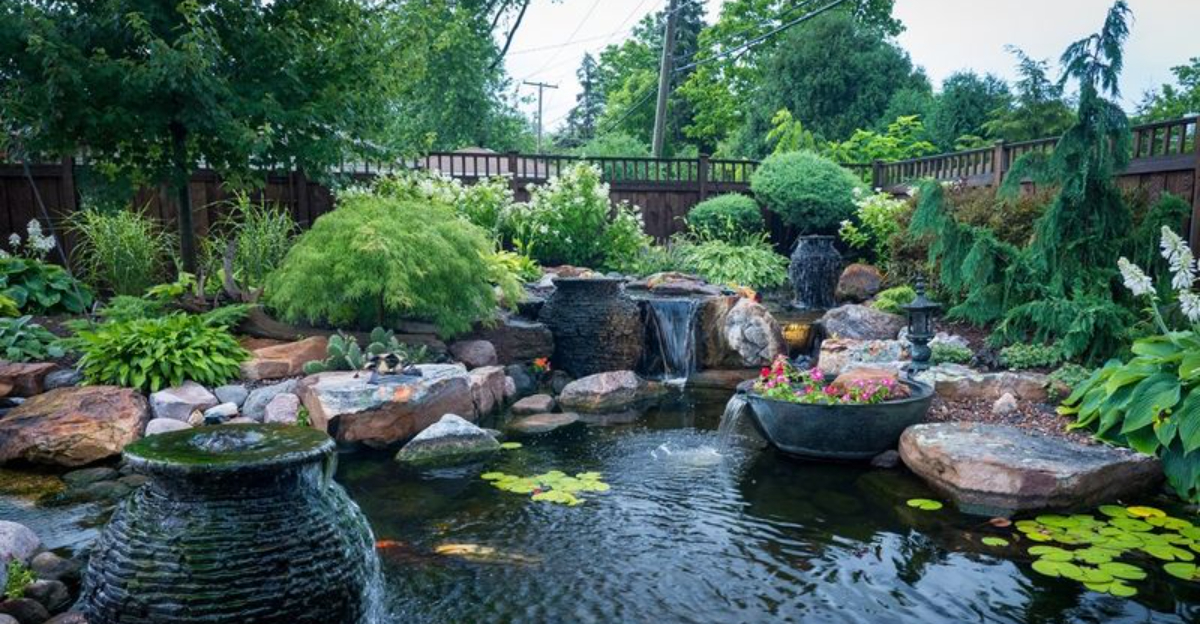
Creating a beautiful outdoor space doesn’t have to drain your bank account. Many homeowners throw money at fancy features that quickly deteriorate or simply don’t deliver the value they promise.
As an exterior designer who’s seen countless backyard budget blunders, I’m here to save you from the most common outdoor money pits. And trust me, some of these “features” are about as useful as a screen door on a submarine.
Let me walk you through what to skip so you can invest in what truly matters for your outdoor sanctuary.
1. Cheap Plastic Furniture
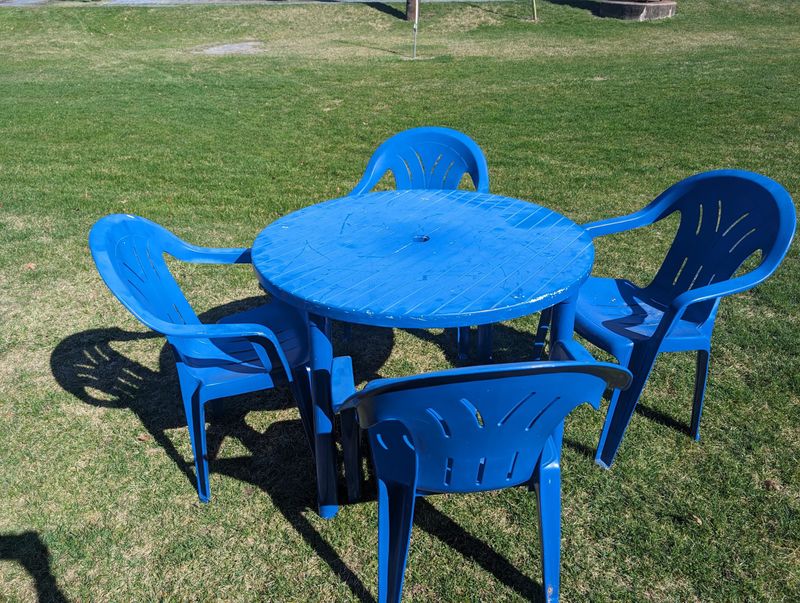
Flimsy plastic chairs might seem like a bargain, but trust me, they’re a false economy. After one season of sun exposure, they’ll fade faster than my enthusiasm for garden gnomes.
The material breaks down, becoming brittle and unsightly. Quality outdoor furniture made from materials like teak, aluminum, or even better-grade resin will serve you for years.
Though pricier upfront, you won’t be replacing them annually, which saves money and landfill space.
2. Oversized Water Features
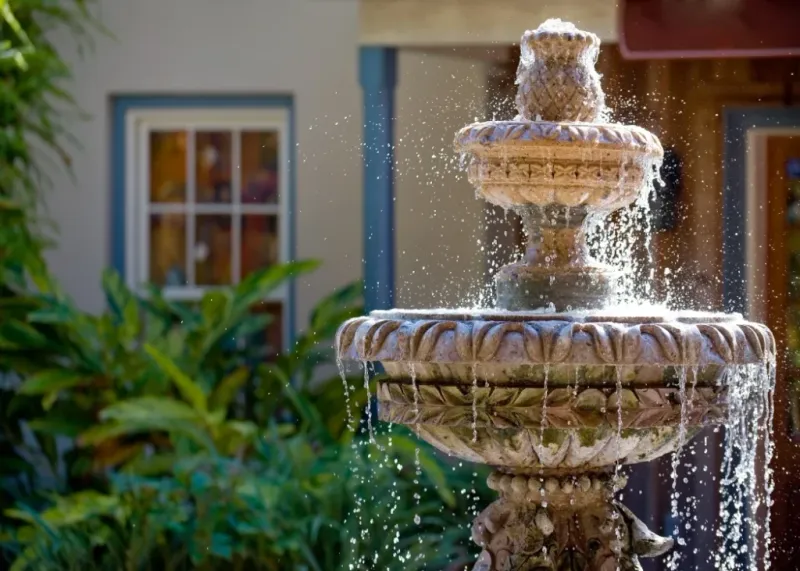
Massive fountains or elaborate water installations might look spectacular in magazines, but maintenance costs will drown your budget. Pumps break, algae forms, and water bills soar higher than your neighbor’s eyebrows when they see your electric bill.
Consider smaller, solar-powered options if you crave that soothing water sound. They’re eco-friendly and won’t require professional servicing every other month.
Water features should enhance your space, not become a second mortgage.
3. Intricate Wooden Pergolas
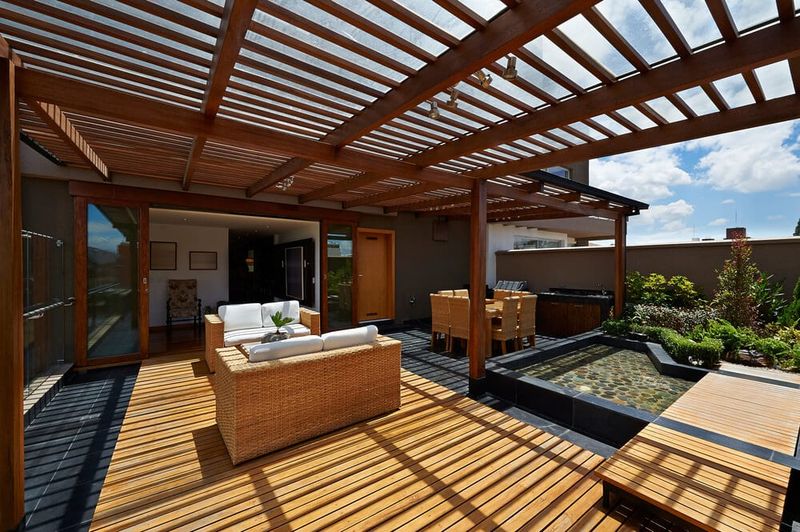
While Pinterest showcases dreamy wooden pergolas draped in wisteria, the reality involves constant sealing, staining, and replacing rotted posts. Wood pergolas demand annual maintenance to prevent warping and decay.
Metal or vinyl alternatives offer the same aesthetic appeal without the headache. Several of my clients switched after years of fighting fungus and termites in their wooden structures.
Unless you enjoy weekend warrior maintenance projects, save yourself the trouble!
4. Artificial Grass In Shaded Areas
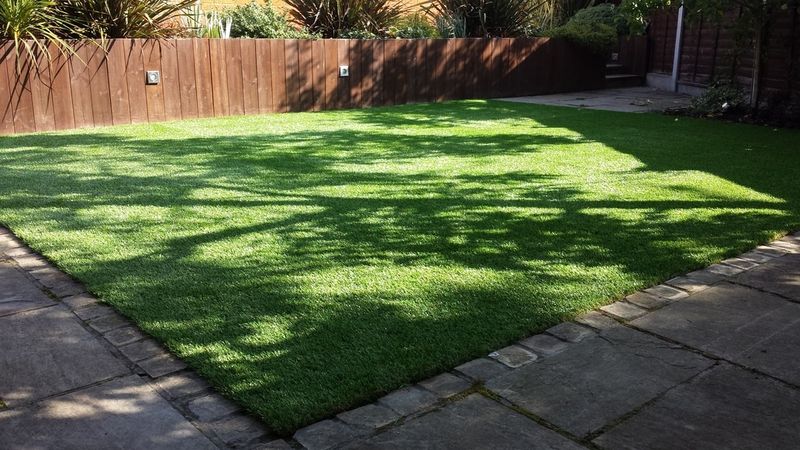
Thinking of rolling out the green carpet under your shady trees? Hold that turf!
Homeowners often lay down fake grass where real grass won’t grow, but those shady spots become a moldy mess in no time. Fallen leaves and moisture turn artificial turf into a science experiment gone wrong.
Instead, try shade-loving ground covers like pachysandra or moss. They’re the real deal, low-maintenance, eco-friendly, and they age like fine mulch.
Skip the faux and go pro! Because nothing says “natural charm” like plants that don’t fake it ’til they make it!
5. Trendy Outdoor Kitchen Gadgets
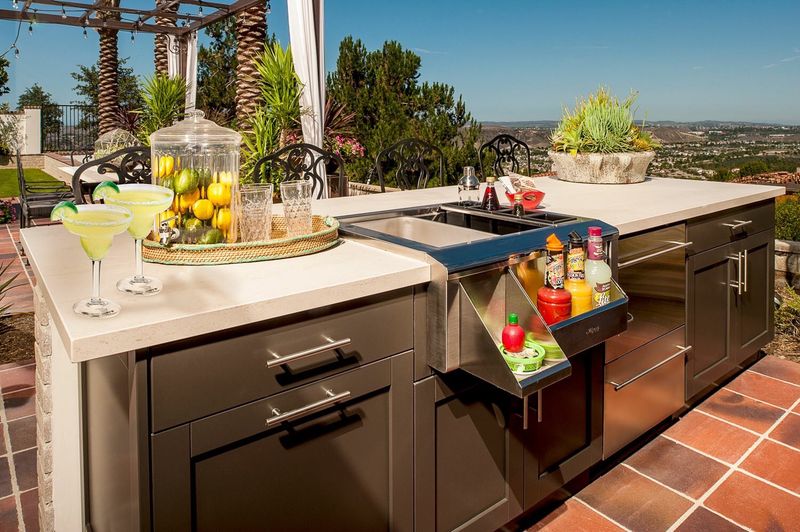
That rotisserie attachment and pizza oven might seem essential during your outdoor kitchen planning phase. Yet most specialized cooking gadgets end up gathering dust after the novelty wears off.
Focus on quality basics, a reliable grill, adequate counter space, and perhaps a small refrigerator. My clients who invested in simpler setups actually use their outdoor kitchens more frequently than those with all the bells and whistles.
Let’s just say that cooking outdoors should be fun, not complicated!
6. Mass-Produced Garden Statues
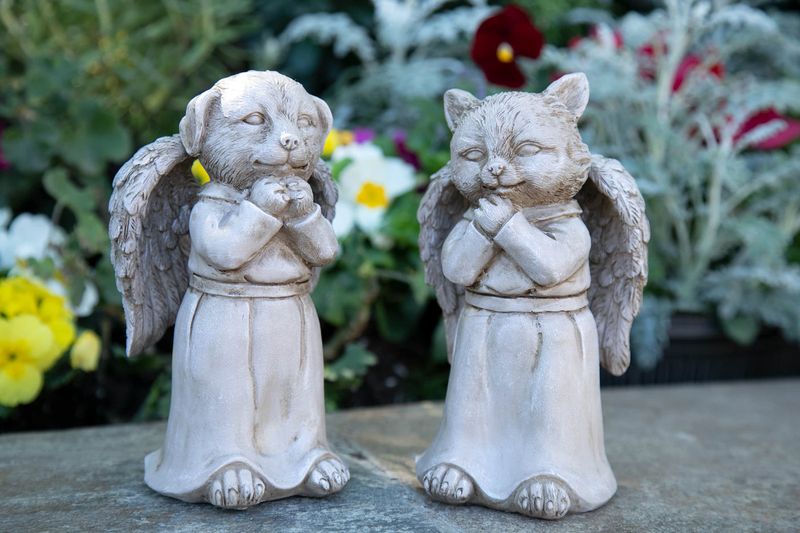
Who knew garden gnomes could be such a gnome-brainer mistake?
Nothing screams “creative crisis” louder than a yard crowded with mass-produced concrete critters. Those identical cherubs and sunbathing frogs may seem cute at first, but they weather poorly and rarely spark joy after a few seasons.
Instead, go for a single standout piece from a local artist or craftsperson. Handmade garden art tells a story, adds soul to your space, and won’t leave your yard looking like a lawn ornament clearance aisle.
Let your garden show off your personality, not your neighbor’s shopping habits.
7. Annual-Only Flower Beds
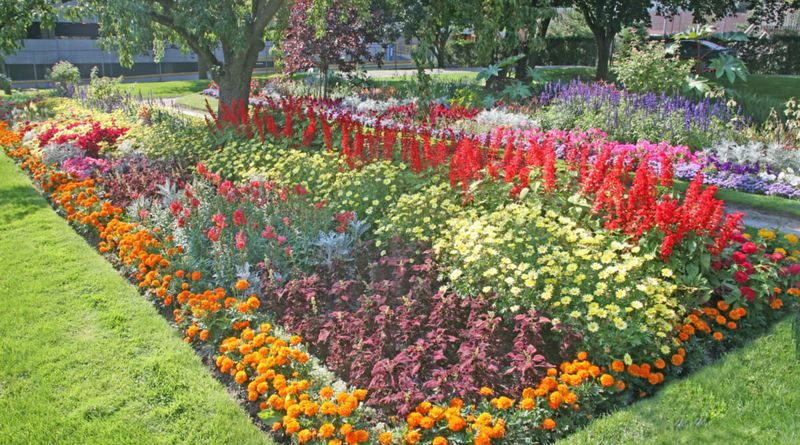
Planting beds filled exclusively with annuals create a perpetual money drain. While those instant color bursts seem tempting, you’re signing up for seasonal replanting costs forever.
Mix perennials, flowering shrubs, and yes, some annuals for a balanced approach. The perennials come back stronger each year, shrubs provide structure, and you can still satisfy your color cravings with strategic annual placements.
Smart garden design considers long-term value, not just immediate gratification.
8. Expensive Outdoor Rugs
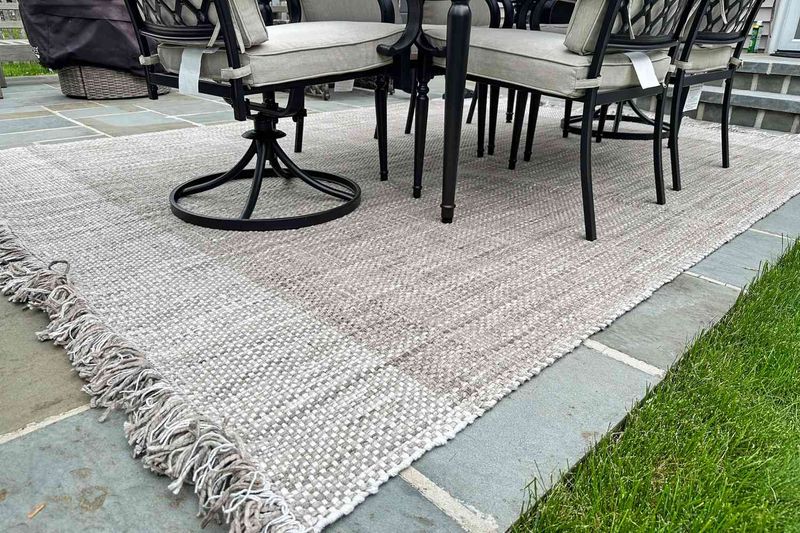
The gorgeous patterned outdoor rugs in showrooms rarely maintain their beauty beyond a single season. Even “weatherproof” options fade dramatically and often develop mildew that’s impossible to remove completely.
Hardscaping elements like decorative pebble sections or interesting paver patterns offer more permanent visual interest. When clients insist on softness underfoot, I suggest seasonal, inexpensive rugs they won’t feel guilty replacing.
Beauty that lasts beats beauty that fades!
9. Ultra-High-End Outdoor Lighting
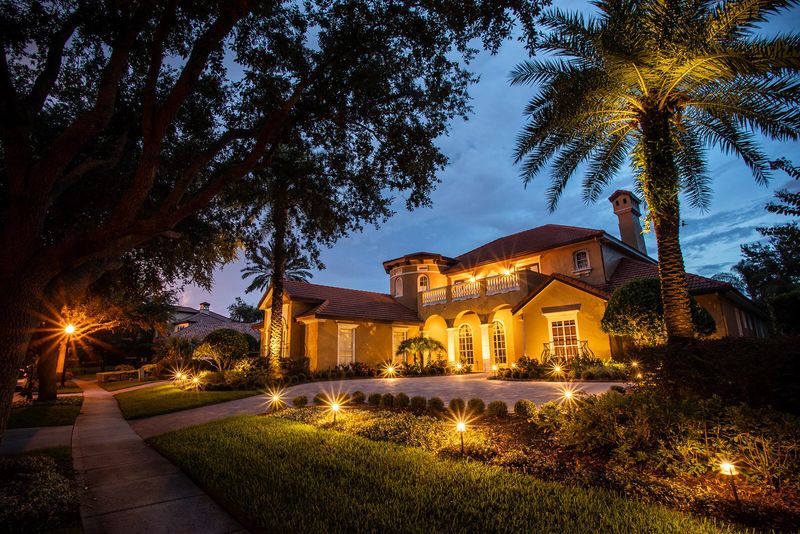
Splurging on premium lighting fixtures often leads to disappointment when they weather poorly or become outdated. The technology changes rapidly, making today’s expensive system tomorrow’s obsolete equipment.
Quality mid-range options now offer impressive durability and features. Solar pathway lights have improved tremendously, and many wireless systems allow for easy updates without tearing up your landscape.
In the end, lighting should enhance your space, not empty your savings account.
10. Exotic Non-Native Plants
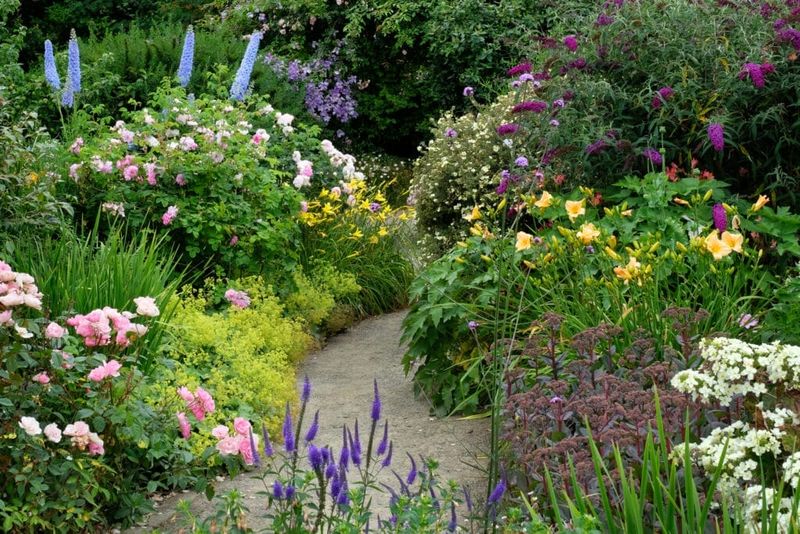
Rare tropical specimens might make your garden unique, but they often struggle in non-native environments. These botanical divas frequently require expensive special care, protection from local weather extremes, and replacement when they inevitably fail to thrive.
Native plants evolved specifically for your region’s conditions. They naturally resist local pests, thrive in your soil, and support beneficial wildlife. Working with nature rather than against it saves money and frustration!
11. Supersized Decks
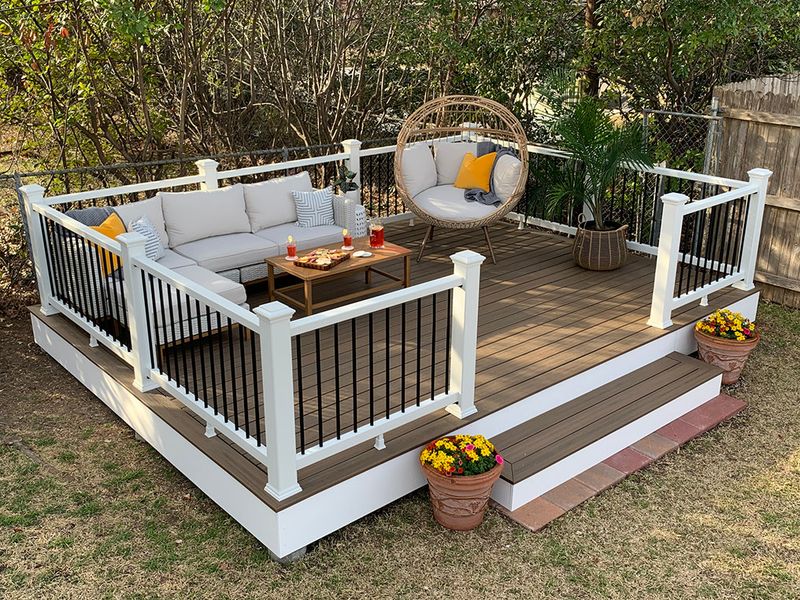
Ever built a deck so big it needs its own zip code, and then only use the corner with the grill?
Massive decks often turn into money pits of maintenance and regret. You end up paying to build, stain, sweep, and eventually replace square footage no one’s even stepping on.
Smaller, smarter decks with clearly defined zones for dining, lounging, or conversation get way more action. And cost way less in the long run.
In outdoor design, it’s not about having more space. It’s about making the space you have work its deck off.
12. Budget Fire Pits
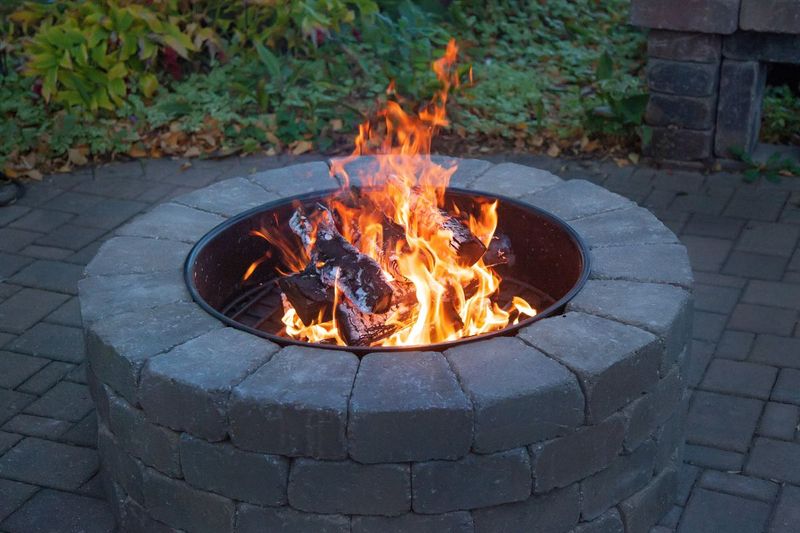
Those tempting $99 fire pit specials quickly rust, crack, and become eyesores after minimal use. Cheap materials simply can’t withstand the extreme temperature fluctuations and weather exposure.
A properly constructed fire feature costs more initially but provides years of enjoyment. Consider a simple stone fire ring if budget is tight. It’s timeless and practically indestructible.
Fire features should bring warmth and ambiance, not frustration and replacement costs!
13. Decorative Mulch Alternatives
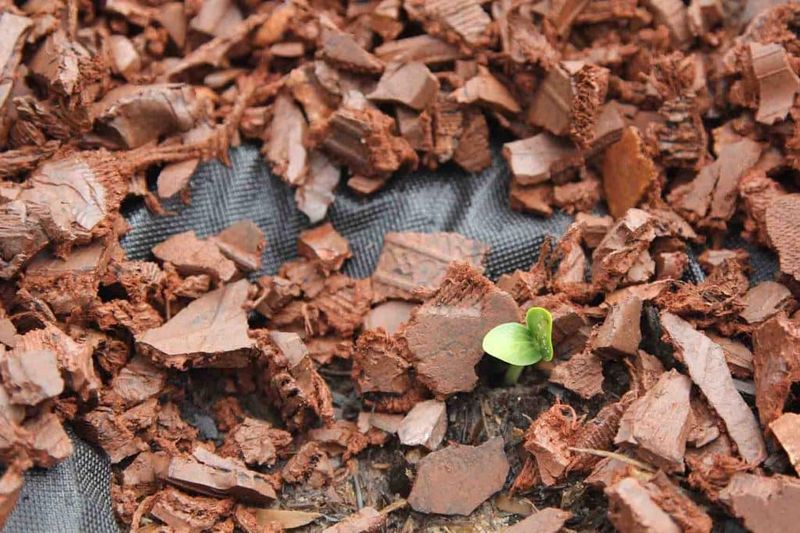
Colored rubber mulch and decorative glass might seem like smart investments since they don’t decompose. However, rubber leaches chemicals into soil and glass mulch reflects heat that can stress plants.
Traditional organic mulches actually improve your soil as they break down. They feed beneficial organisms and add structure to your garden beds over time.
What looks like a maintenance shortcut often creates long-term plant health problems!
14. Delicate Outdoor Fabrics
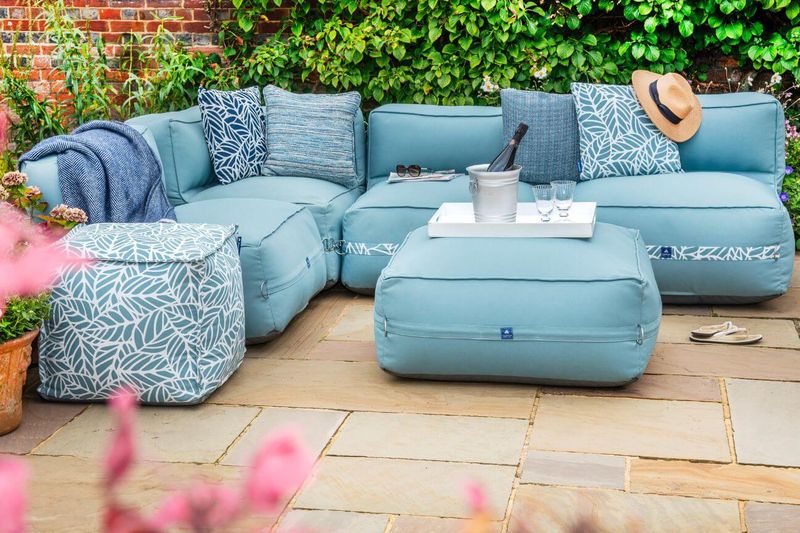
Those gorgeous silk-blend cushions and non-weather-resistant textiles quickly become mildew factories and fade dramatically. Even with diligent storage, delicate fabrics rarely survive outdoor conditions for long.
Modern performance fabrics have come amazingly far in both appearance and feel. Many now mimic the look of indoor textiles while standing up to sun, rain, and even chlorine exposure.
The whole point is to make outdoor living relaxing, not filled with fabric maintenance stress!
15. Standalone Hot Tubs
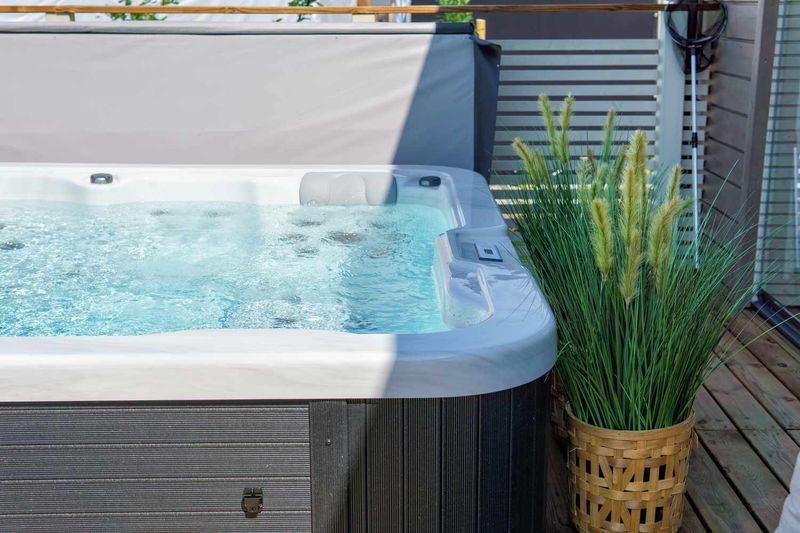
Portable hot tubs often become expensive lawn ornaments after the initial excitement wears off. Maintenance requirements, chemical balancing, and energy costs surprise many owners who eventually abandon regular use.
Before investing, honestly assess your commitment to upkeep. Consider alternatives like soaking tubs or even natural swimming pools if you crave water features. Nothing wastes money faster than wellness equipment that doesn’t actually get used!
16. Cheap Outdoor Speakers
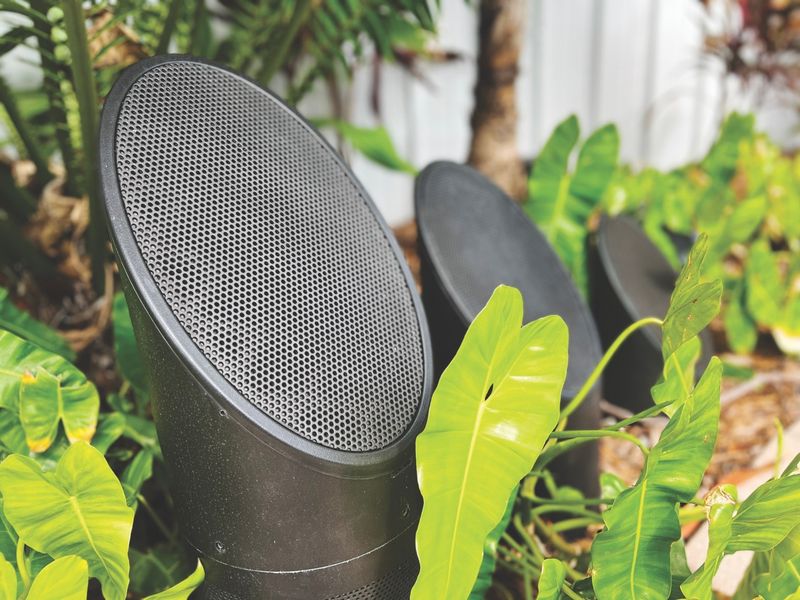
Think blasting tunes outdoors is a breeze? Not if your speakers are singing in static after the first drizzle!
Inexpensive outdoor speakers often wave the white flag after one too many rainstorms or heatwaves. Moisture and temperature swings quickly turn that backyard concert into a crackling mess, or silence.
Investing in weather-rated audio gear pays off big time, or go the smart route with portable, rechargeable speakers that come inside when the clouds roll in. Because your outdoor soundtrack should be Summer Vibes, not Sad Trombone in the Rain.
17. Impractical Outdoor TVs
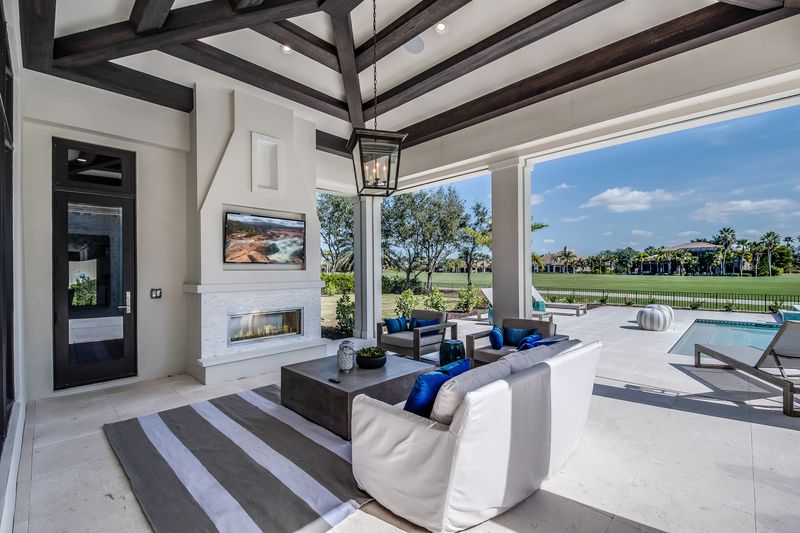
Think your cozy covered patio is safe for that spare living room TV? Think again! Indoor televisions aren’t built for the wild world of outdoor humidity, pollen, dust, and temperature swings. Even under a roof, they tend to short out faster than a Florida thunderstorm.
Outdoor-rated TVs cost more because they’re engineered to survive extreme elements, from blazing heat to surprise downpours.
Here’s a fun fact, some can even handle being hosed off! If you’re not planning daily backyard binge sessions, a portable projector setup might be the smarter, wallet-friendlier move.
Save your tech (and your sanity) for where it’ll truly shine.
18. Massive Shade Structures
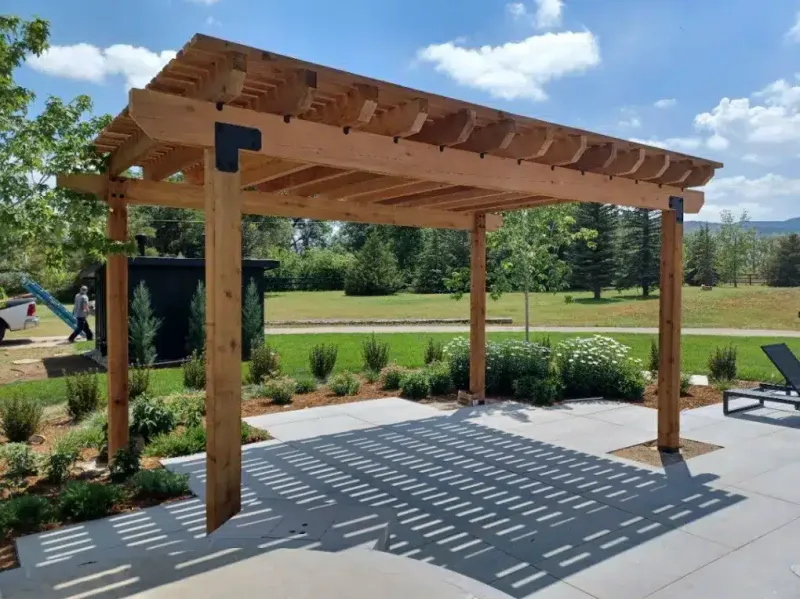
Elaborate permanent shade structures often cost thousands yet provide benefits that simpler solutions deliver just as effectively. Custom pergolas with retractable canopies frequently develop mechanical issues that are expensive to repair.
Strategic tree planting provides appreciating value and natural cooling. For immediate solutions, quality umbrellas or sail shades offer flexibility to adjust with the changing sun position.
Why let your shade solution burn through your budget when it could just block the sun instead?
19. Overly Complex Water Features
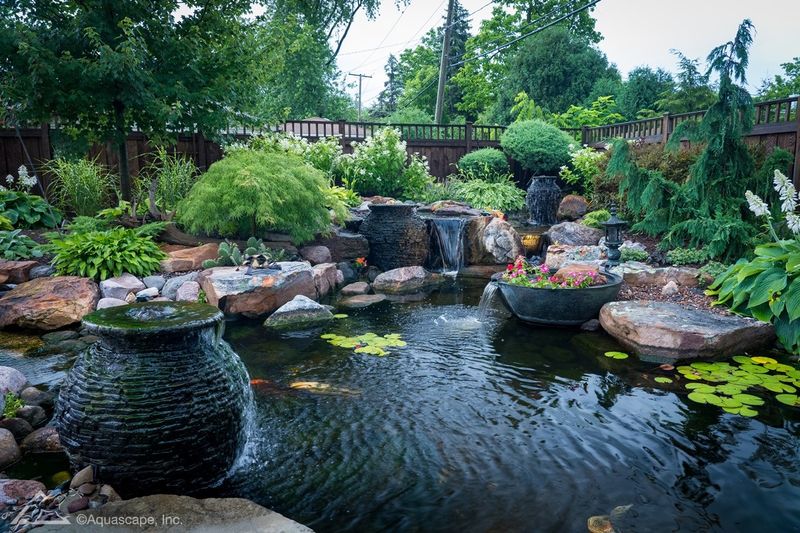
I’ve watched more than one homeowner fall head over heels for a dramatic multi-tiered waterfall, only to end up neck-deep in repair bills a year later. Those intricate systems may look serene, but behind the scenes, they’re high-maintenance divas.
One hiccup in a pump or filter and suddenly you’re calling in pros, draining basins, and wondering why you didn’t just install a koi pond. Simpler features like a bubbling boulder or single-drop fountain still deliver that soothing trickle without the engineering drama.
Trust me, your weekends should be spent relaxing by the water, not googling “how to unclog a pond pump.”
20. Budget Outdoor Heaters
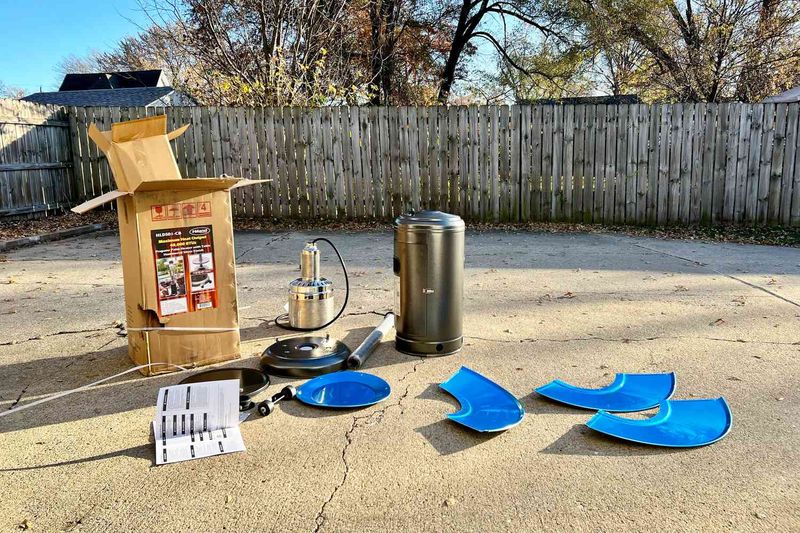
Cheap patio heaters might sound like a steal, but they often leave you shivering and scrambling for blankets.
These budget models struggle to spread warmth evenly, forcing guests into a tight, uncomfortable circle right under the heater. While rust and electrical issues sneak in behind the scenes.
Investing in commercial-grade heaters pays off with dependable heat year after year. For those watching their wallets, versatile fire tables offer both warmth and ambiance without breaking the bank.
After all, if you’re going to brave the chill, shouldn’t your outdoor gear do its job?

